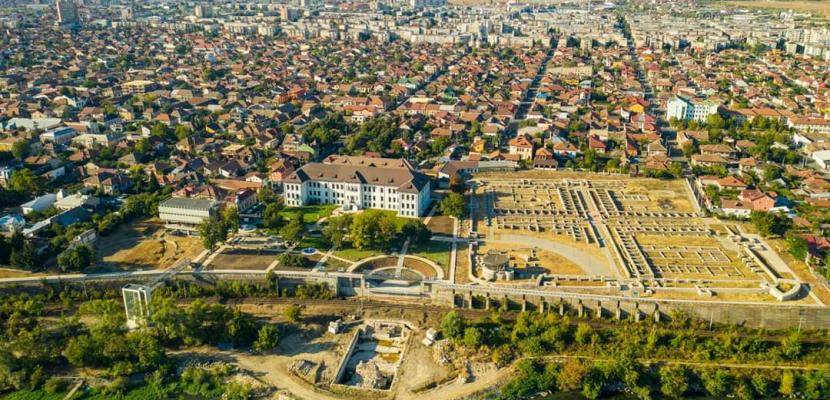Image

Iron Gates Region Museum-Culture “pill”
Published on 12 April 2021

Romania
Sud-Vest Oltenia
This is the good practice's implementation level. It can be national, regional or local.
About this good practice
Following the model of museums during the First and Second World Wars when they offered people, in troubled times, values and landmarks, which increased the hope for the general good of the population, the Museum of the Iron Gates Region developed online communication with its "visitors" so as to strengthen the idea of returning to normal, pre Covid-19 life.
The culture pill, a monthly series presented on the museum's Facebook page, brings to attention the regions’ personalities, and responds through explanations, images, evidence (pieces from the heritage of the Museum of the Iron Gates Region) to the requests of young people; it also specifically gives the museographers the opportunity to make use of the heritage.
It is also a strategy to keep our audience close, to show them the work done behind the closed doors and to showcase how the local cultural heritage is kept alive through research and the documentation and preservation of collections.
The culture pill, a monthly series presented on the museum's Facebook page, brings to attention the regions’ personalities, and responds through explanations, images, evidence (pieces from the heritage of the Museum of the Iron Gates Region) to the requests of young people; it also specifically gives the museographers the opportunity to make use of the heritage.
It is also a strategy to keep our audience close, to show them the work done behind the closed doors and to showcase how the local cultural heritage is kept alive through research and the documentation and preservation of collections.
Resources needed
1. Human resource
2. Museum collections
3. Archives
2. Museum collections
3. Archives
Evidence of success
Likes, shares, comments on the social media page of the museum.
Cooperation between cultural resource managers and heritage professionals (curators and conservators) was essential for the presentation of sites to the public in a way that the archaeological resources are adequately protected as the relationships between heritage protection and tourism concepts are not entirely unproblematic.
Cooperation between cultural resource managers and heritage professionals (curators and conservators) was essential for the presentation of sites to the public in a way that the archaeological resources are adequately protected as the relationships between heritage protection and tourism concepts are not entirely unproblematic.
Potential for learning or transfer
During the last decade we can recognize a massive interest of the communities for an increased use of the monuments and heritage and they should be able to benefit from this huge potential. Close cross-sector collaboration especially with tourism will not only create a more efficient management, but also improve the awareness for the cultural heritage. Cultural routes along the Danube could be integrated in already existing tourism infrastructure and could make use of the cultural potential of regions to develop sustainable tourism.This certainly could be better achieved by a transnational co-operation between museums, municipalities and tourism organizations. Another important participant is educators, essential for the future of the cultural and natural heritage in general. They should be at least informed – schools, universities, scientific centers at all levels – about the potential nominations and used to raise awareness about many of our problems of safeguarding the cultural heritage
Further information
Website
Good practice owner
You can contact the good practice owner below for more detailed information.
Organisation
Iron Gates Region Museum

Romania
Sud-Vest Oltenia
Contact
Project Partner